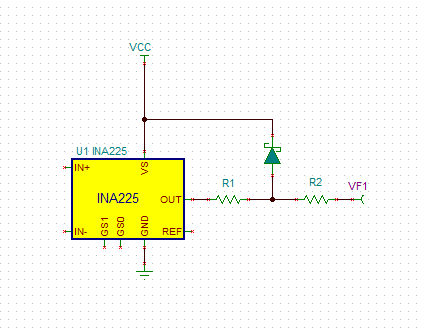Other Parts Discussed in Thread: INA225, INA302
Hi All,
My customer would like to confirm the following for the purpose of checking the failure mode.
They plan to apply voltage to OUT pin up to Vs + 0.3.
Is current limit required ?
They know that absolute maximum ratings are regulated in voltage.
Best Regards,
Koji Hayashi


